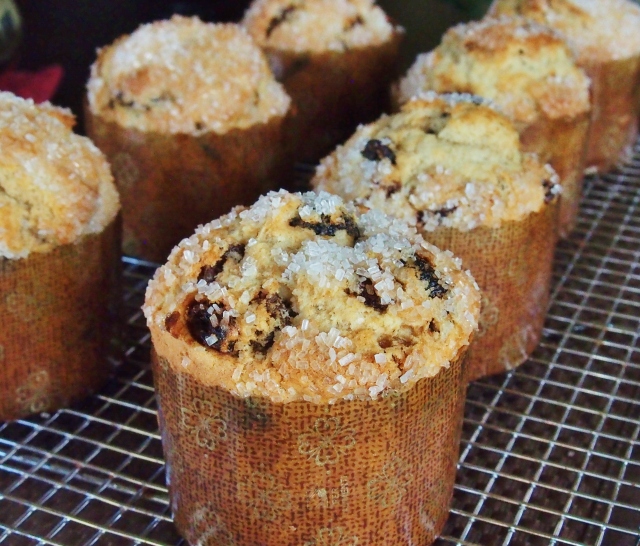
I first came to know the magic of frozen bananas years ago as a cold treat after a long run on a hot and humid day. When given the freezer treatment, both the sweet and creamy aspects of bananas shine and they are transformed from fruit into dessert.
More recently, I’ve come to know what’s referred to as banana nice-cream. Frozen bananas, peanut butter, a little unsweetened almond milk, a splash of vanilla, and some mini chocolate chips blend together into something you’d swear was actual ice cream. And other than the chocolate chips, which are optional, there’s no added sugar. Totally plant-based, healthy, but eats like a decadent delight when you really need dessert.
You can play with the flavors. Instead of peanut butter, almond butter would be good, with a bit of almond extract in place of the vanilla. Instead of chocolate chips, mix in some chopped fruit and/or nuts. For those with nut allergies, sunflower seed butter is a delicious option.
I make this delicious indulgent-tasting dish in my Vitamix, but a food processor would work too. At first it’s the texture of soft-serve ice-cream and becomes as firm as regular ice-cream after about 4 hours in the freezer. If frozen longer, it gets pretty hard, so it’s best to take it out of the freezer and let sit on the counter for a bit before scooping.
If you’d like, add your favorite ice-cream toppings, then sit back and savor this rich, creamy treat there’s no need to feel guilty about. Enjoy!
Banana Peanut Butter Chocolate Chip Nice-Cream
2 frozen bananas (I peel my bananas, place in plastic wrap and freeze until solid), sliced
1/4 cup peanut butter
1/2 cup unsweetened almond milk
1/2 teaspoon pure vanilla extract
1/3 cup mini chocolate chips
Place bananas, peanut butter, almond milk, and vanilla in a high-speed blender or food processor. Blend until smooth and creamy, the consistency of soft-serve ice-cream. Add chocolate chips and blend until just mixed in.
Eat right away as a soft-serve treat or place into a container with tight-fitting lid and freeze for 4 hours until it becomes firm like regular ice-cream. If you freeze it longer, it will probably need get too hard to scoop, so it will need to sit on the counter a while to soften a bit.
Top with your favorite ice-cream toppings. Makes about 2 servings and is easily doubled.





























































